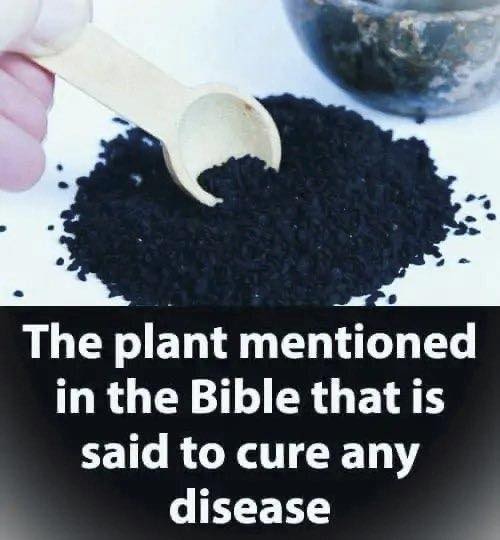Plant in the Bible Said to Heal All Ailments… See More
Throughout history, humanity has turned to nature for healing, and few remedies hold as much mystique and reverence as the **Balm of Gilead**. Mentioned in the Bible and celebrated in ancient medicine, this fragrant resin became a symbol of both physical healing and spiritual renewal. But what exactly is this legendary balm, and does it still have meaning and value today?
The **Balm of Gilead** appears several times in the Bible, most notably in *Jeremiah 8:22*, where the prophet laments, *“Is there no balm in Gilead?”*—a metaphor for divine healing in times of suffering. Similarly, in *Genesis 37:25*, traders carrying balm from Gilead highlight its status as a rare and valuable commodity. These references show that the balm was prized not only for its medicinal qualities but also for its spiritual symbolism.
While scholars debate its exact botanical origin, many believe the true **Biblical Balm of Gilead** came from *Commiphora gileadensis*, a plant related to myrrh that produces a fragrant, healing resin. Others associate it with the **balsam poplar** (*Populus balsamifera*), whose buds yield a resin rich in anti-inflammatory and antiseptic properties—still used today in natural remedies for wounds, pain, and respiratory issues.
In ancient times, the balm served multiple purposes: it was applied to injuries, used in perfumes and religious anointing oils, and traded as a luxury good. Spiritually, it came to represent **hope, restoration, and divine grace**—themes that echo through centuries of hymns and literature. In Christian tradition, Jesus himself is often called the “Balm of Gilead,” the ultimate healer of body and soul.
Today, herbalists recreate “Balm of Gilead” salves using poplar buds infused in oils like olive or coconut, blending tradition with modern natural medicine. Whether viewed as a historical remedy or a metaphor for spiritual comfort, the Balm of Gilead continues to embody the timeless human quest for healing, faith, and renewal.





Post Comment